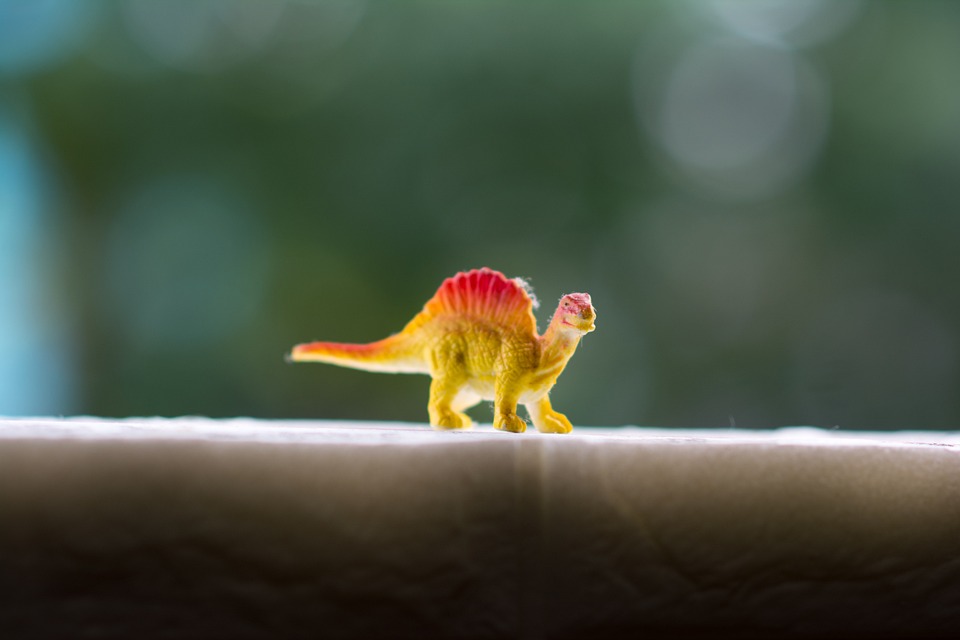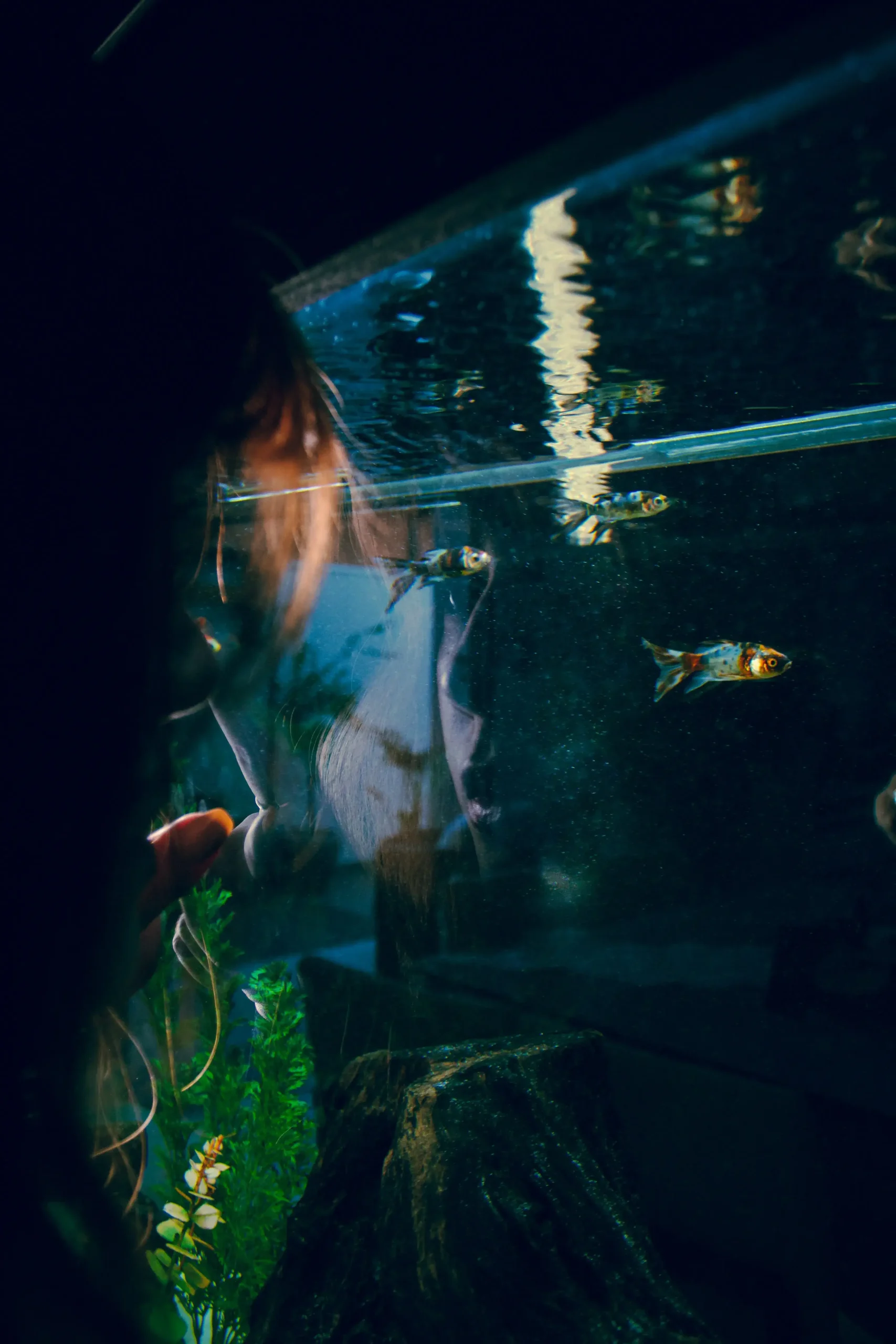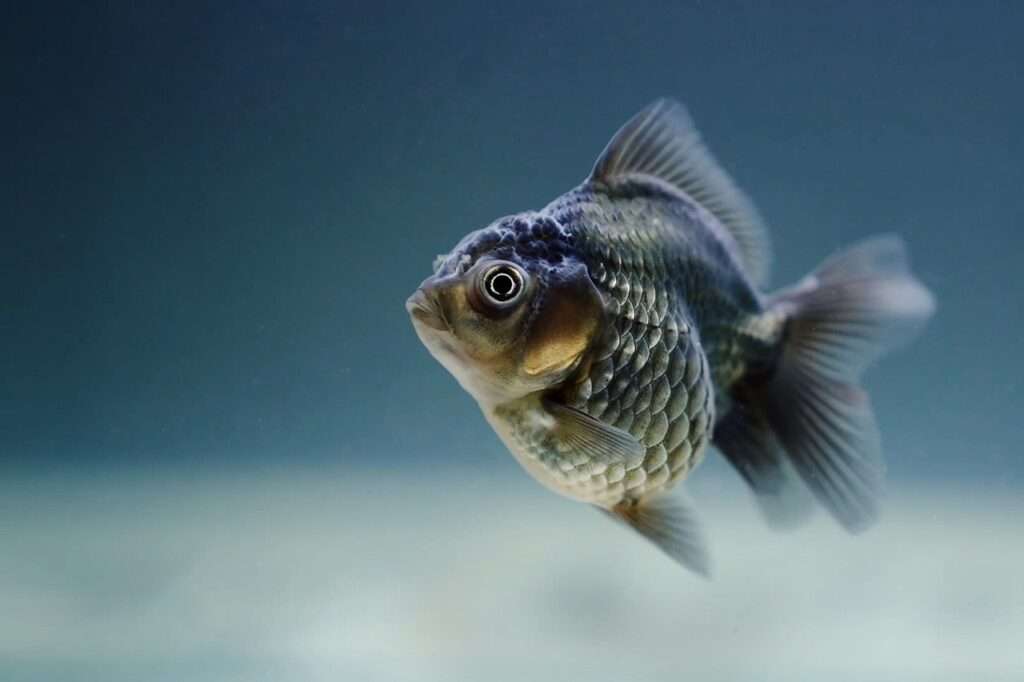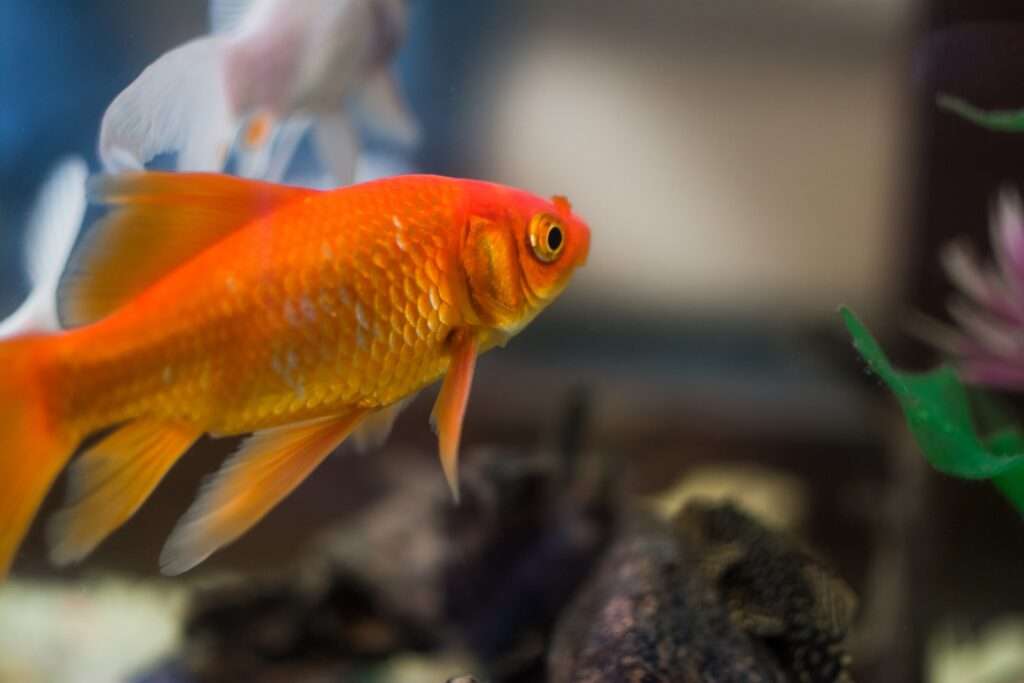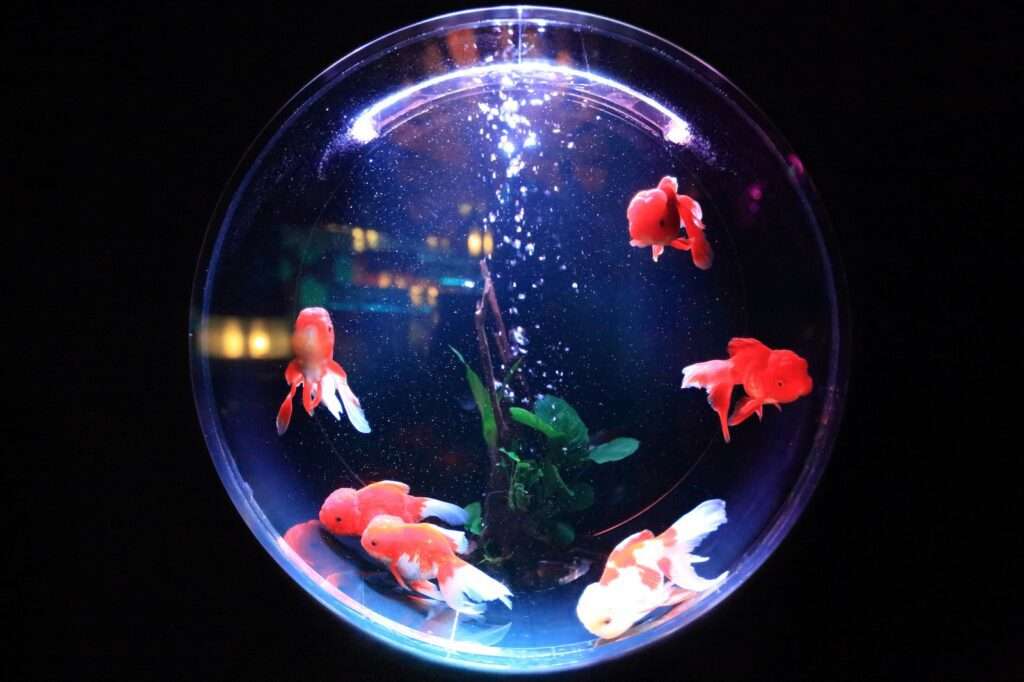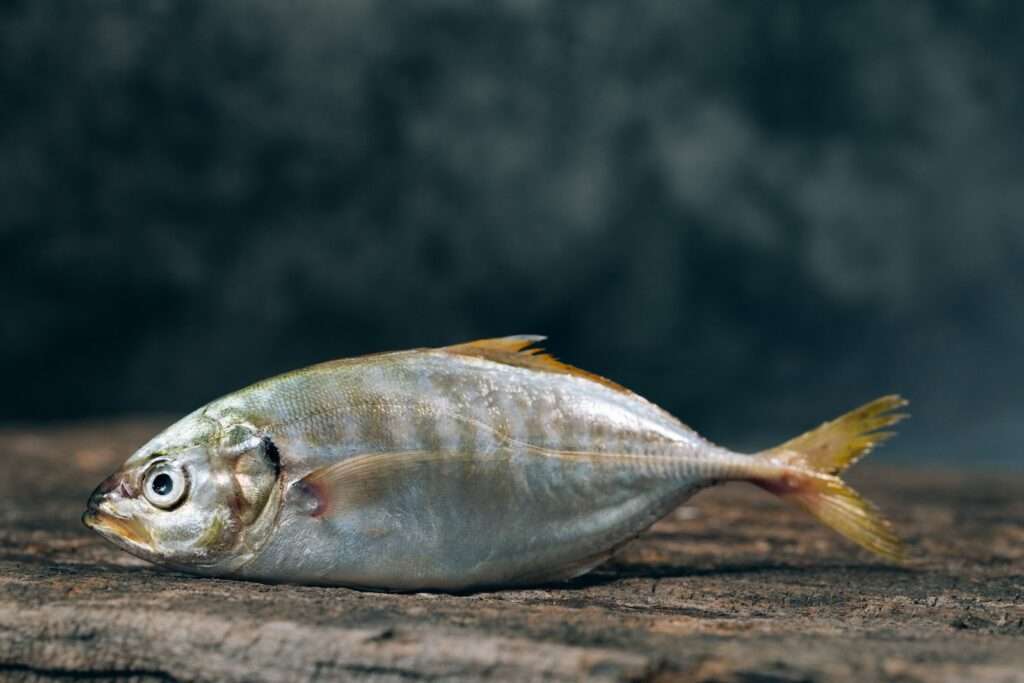Introducing new fish to your aquarium or making adjustments to their existing environment can be a delicate process. Sudden changes in water parameters can cause stress and even harm to your aquatic companions. Therefore, it is crucial to learn how to properly acclimate fish to changes in water parameters to ensure their well-being and minimize potential health issues. In this article, we will walk you through step-by-step instructions on acclimating fish, provide useful tips, and address frequently asked questions.
Understanding the Importance of Acclimation
Before we dive into the acclimation process, let’s first understand why it is so vital for the health of your fish. Fish are highly sensitive to changes in their environment, particularly in water temperature, pH levels, and salinity. Rapid alterations in these parameters can lead to stress, reproductive issues, weakened immune systems, and even death. By acclimating fish properly, you give them the opportunity to gradually adjust to new water conditions, minimizing shock and allowing them to thrive in their new environment.
The Acclimation Process
1. Research and Preparation
Before acclimating your fish, it is important to gather all the necessary information and equipment. Research the specific needs of your fish species, including their preferred water temperature, pH levels, and salinity. This will help you create a suitable environment for them. Gather equipment such as a net, bucket, water testing kits, and any other tools you may need. Test the water parameters of both the fish’s current and new environment to ensure a smooth transition.
2. Float the Fish
When you bring home new fish, they are usually transported in a plastic bag filled with water. To acclimate them, place the fish, still in its bag, on the surface of the aquarium water. Make sure to secure the bag to prevent it from sinking or tipping over. This step helps the fish to gradually adjust to the water temperature.
3. Equalize Water Temperature
After 15-20 minutes of floating the bag, it’s time to equalize the water temperature. Open the bag and roll down its opening, creating a collar that allows air exchange. Add small amounts of water from the aquarium into the bag at 10-minute intervals. This slow addition of water helps equalize the temperature between the bag and the aquarium.
4. Test Water Parameters
During the acclimation process, it is crucial to monitor and test the water parameters. Use water testing kits to measure parameters such as pH, ammonia, nitrite, and nitrate levels. Compare the water parameters of the fish’s current environment with that of the new environment. Ensure that the new water closely matches the fish’s current environment to minimize stress.
5. Introduce Fish to the Aquarium
Once the water parameters have been equalized, it’s time to introduce the fish to the aquarium. Gently net the fish from the bag, avoiding any sudden movements that could startle or injure the fish. Release the fish into the aquarium, allowing it to swim out on its own. Be careful not to add water from the bag into the aquarium, as it may contain contaminants.
Useful Tips for Successful Fish Acclimation
– Always quarantine new fish before introducing them to your main aquarium. This helps prevent the spread of diseases or parasites.
– Gradually adjust water parameters over time to minimize stress on your fish. Rapid changes can be detrimental to their health.
– Avoid exposing fish to sudden changes in lighting conditions during acclimation. Sudden changes in lighting can also cause stress.
– Do not feed fish for at least 24 hours after acclimation to reduce the risk of digestive issues. This gives them time to settle into their new environment.
– Monitor your fish closely after acclimation for any signs of distress or disease. If you notice any abnormal behavior or signs of illness, take appropriate action.
FAQs
Q: How long should the acclimation process take?
A: The acclimation process usually takes between 30 minutes to an hour. However, it can vary depending on the sensitivity of the fish species and the extent of the water parameter changes.
Q: Can I use drip acclimation instead of the floating method?
A: Yes, drip acclimation is another popular method that involves slowly dripping water from the aquarium into the fish bag over a period of time. It allows for even more gradual adjustments to water parameters.
Q: Is it necessary to acclimate fish when moving them within the same aquarium?
A: Yes, even when transferring fish within the same aquarium, it is important to acclimate them to any changes in water parameters, such as temperature or salinity.
Q: What signs should I look for to determine if my fish is stressed during acclimation?
A: Signs of fish stress include erratic swimming patterns, loss of appetite, color fading, excessive hiding, or gasping at the water surface. If you notice any of these signs, take appropriate action to minimize stress levels.
Conclusion
Properly acclimating fish to changes in water parameters is a critical step in maintaining their health and well-being. By following the step-by-step process outlined in this article, you can ensure a smooth transition for your aquatic companions. Remember to take your time, monitor the water parameters, and observe your fish closely to identify any signs of stress or illness. With patience and care, you can provide your fish with a stable environment where they can thrive.

